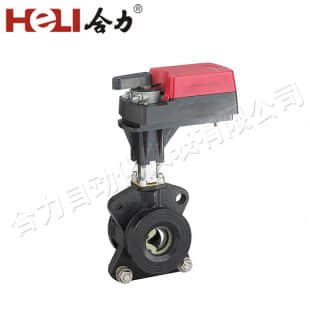
Damper actuators play a crucial role in the efficient operation of heating, ventilation, and air conditioning (HVAC) systems. These devices are responsible for controlling the airflow in ducts, thereby regulating temperature, humidity, and air quality within a building. As energy efficiency becomes increasingly important in modern design, understanding the function and application of damper actuators is essential for both engineers and building managers.

What is a Damper Actuator?

